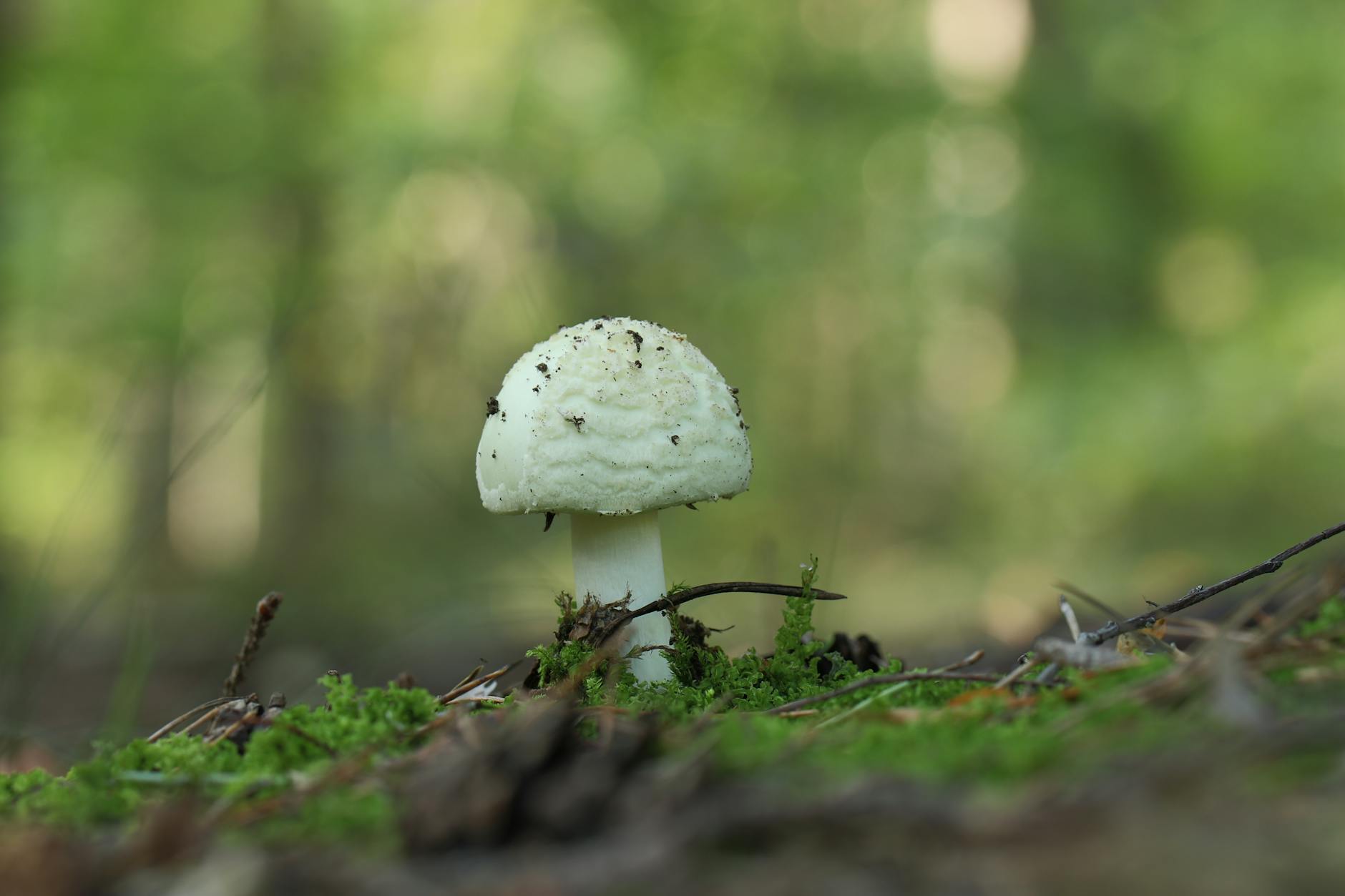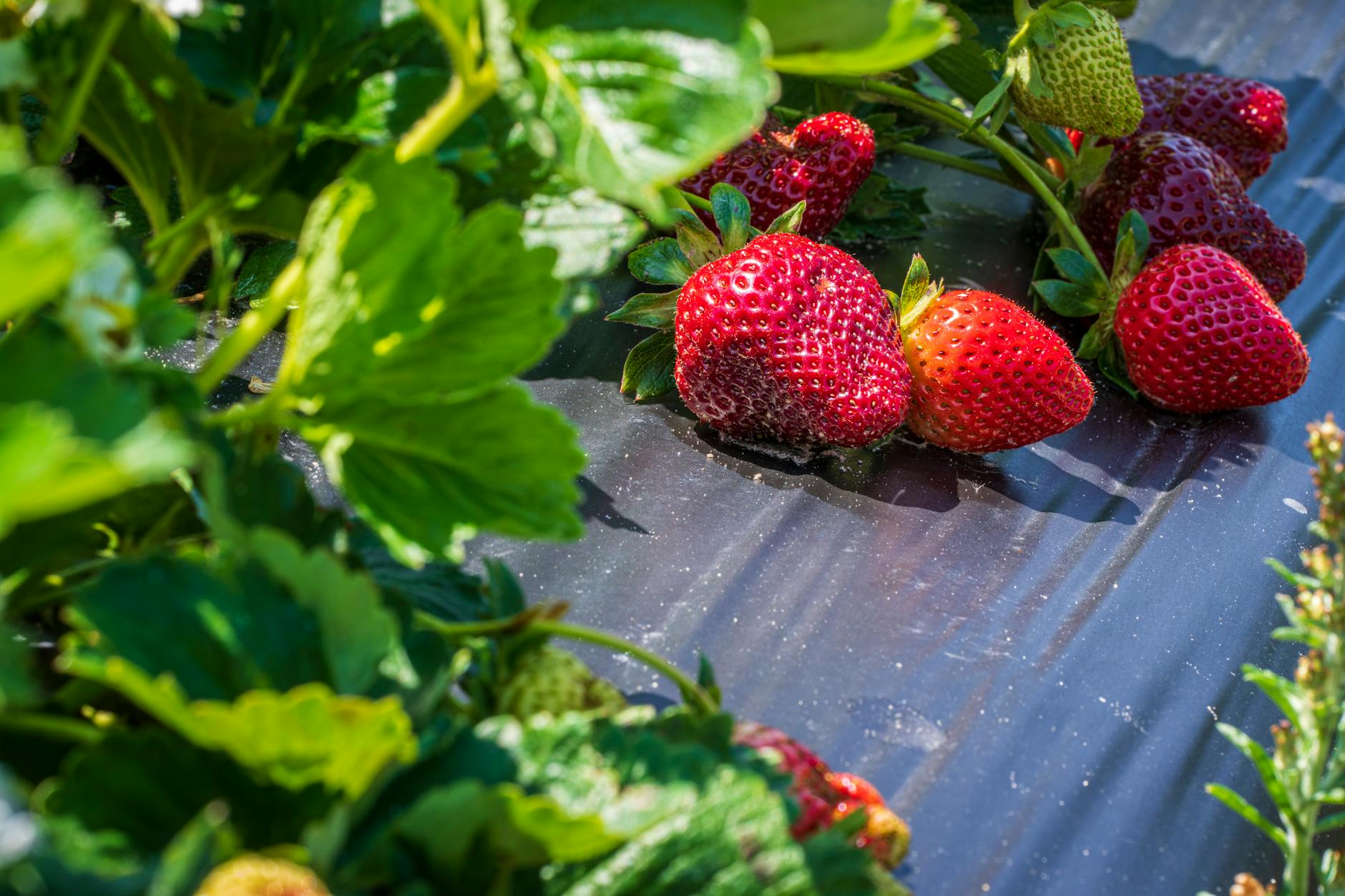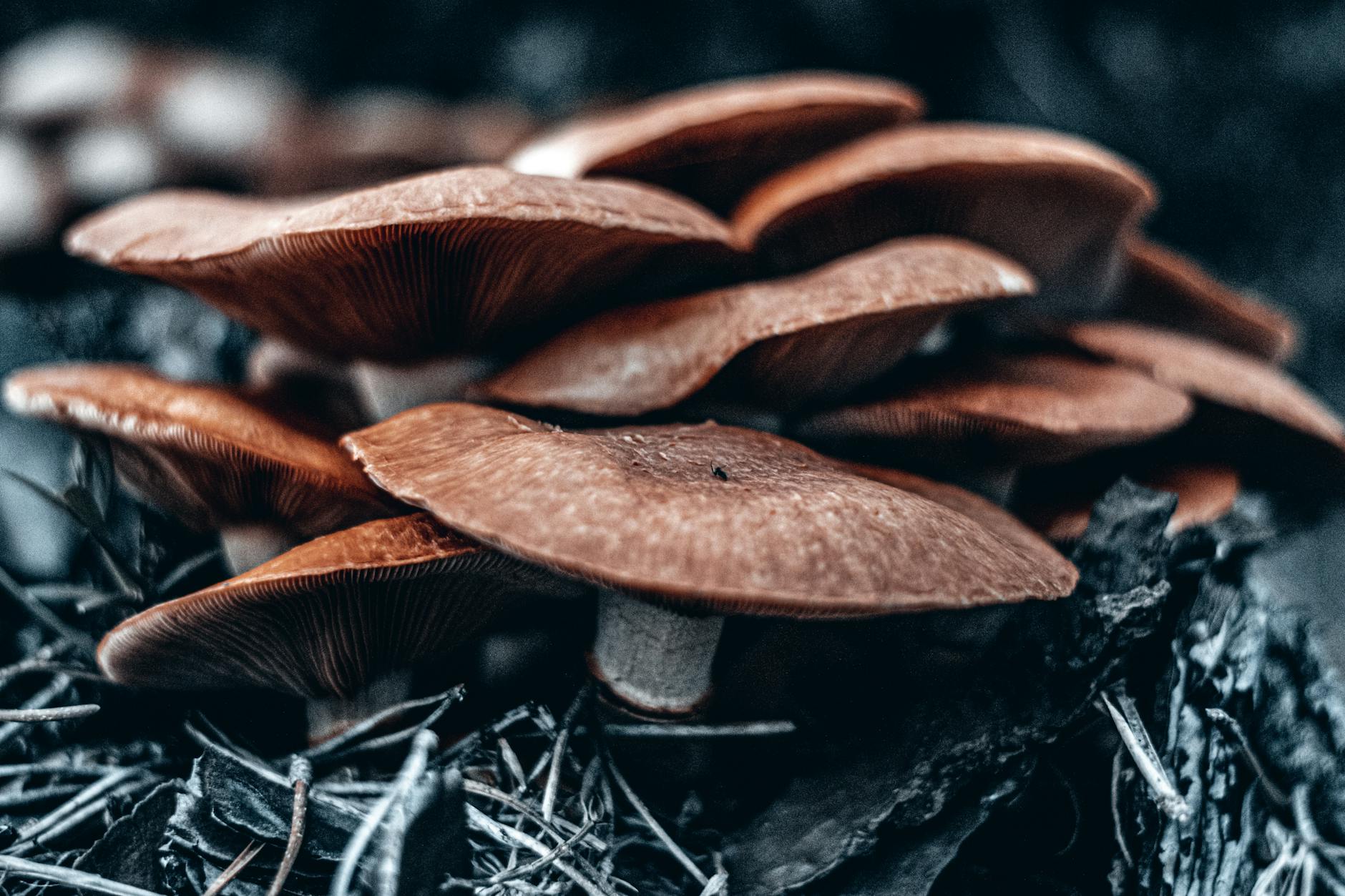Are you looking to embark on a rewarding journey of cultivating your own indoor fungi farm? If so, this mushroom growing guide will provide you with effortless steps to kickstart your fungi farming adventure right at home. The world of mushroom cultivation is both fascinating and fruitful, offering a sustainable and delicious way to enjoy a variety of fungi right from your own kitchen. By following these simple steps, you can cultivate your own mushrooms and elevate your culinary creations to a whole new level.
Choosing the Right Mushroom Varieties
The first step in your mushroom growing journey is to choose the right mushroom varieties to cultivate. Depending on your personal preferences and growing conditions, you can opt for popular varieties such as oyster mushrooms, shiitake mushrooms, or button mushrooms. Each mushroom species has its own specific requirements for growth, so it’s essential to research and select the varieties that best suit your indoor farming setup.
Setting Up Your Growing Space
Once you’ve selected the mushroom varieties you want to grow, it’s time to set up your growing space. Mushrooms thrive in dark, humid environments with good air circulation. You can create a dedicated growing area in a spare room, closet, or even a storage container. Make sure to control the temperature and humidity levels to provide the ideal conditions for your mushrooms to flourish.
Preparing the Growing Medium
The next step is to prepare the growing medium for your mushrooms. Different mushroom varieties require specific substrates such as sawdust, straw, or coffee grounds for growth. It’s essential to sterilize the growing medium to prevent contamination and ensure the healthy development of your mushrooms. Follow the instructions for preparing and sterilizing the substrate to create a nurturing environment for your fungi to thrive.
Inoculating the Substrate
Once your growing medium is ready, it’s time to inoculate it with mushroom spawn. Mushroom spawn is the mycelium, or fungal roots, that will colonize the substrate and eventually produce mushrooms. You can purchase ready-made spawn or create your own using a mushroom culture. Distribute the spawn evenly throughout the substrate and mix it thoroughly to ensure even colonization.
Caring for Your Mushroom Crop
After inoculating the substrate, it’s important to care for your mushroom crop with regular attention and maintenance. Keep the growing area dark and humid, and monitor the temperature and air circulation to create optimal conditions for mushroom growth. Water the substrate as needed to maintain moisture levels and prevent drying out. With proper care and patience, you’ll soon start to see your mushrooms sprout and develop.
Harvesting and Enjoying Your Homegrown Mushrooms
Once your mushrooms have fully matured, it’s time to harvest and enjoy the fruits of your labor. Harvest the mushrooms by gently twisting or cutting them at the base of the stem to avoid damaging the mycelium. Rinse the harvested mushrooms briefly in water to clean them before incorporating them into your favorite dishes. From gourmet meals to flavorful sauces and soups, your homegrown mushrooms will add a unique and delectable touch to your culinary creations.
In conclusion, cultivating your own indoor fungi farm is a rewarding and fulfilling experience that allows you to enjoy a variety of fresh and flavorful mushrooms right at home. By following the effortless steps outlined in this mushroom growing guide, you can embark on a successful fungi farming journey and savor the unique taste and nutritional benefits of your homegrown mushrooms. So, roll up your sleeves, gather your supplies, and start cultivating your very own indoor fungi farm today!


